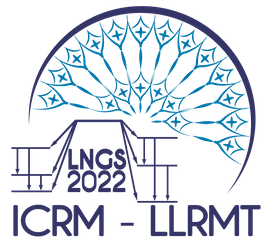Speaker
Description
Liquid scintillation counting is a well-suited method for the activity calibration of 222Rn sources, as the geometrical efficiency is 4sr and the detection efficiency is close to 5 at equilibrium with the progenies. In the past we have developed a method to calculate this detection efficiency for the Triple to Double Coincidence Ratio (TDCR) method, considering some simplifications, like assuming 100% detection efficiency of alpha radionuclides and high-energy beta radionuclides of the radon progenies. A correction was applied for the disintegration of 214Po, as its half-life is not negligible versus the counter dead-time and leads to a reduction of its detection probability. In this work we revisited these simplifications in order to develop a more accurate model. In the new model, we did not assume a unity detection efficiency for the high-energy beta radionuclides, but we calculated it using the free parameter model in LSC, by considering the energy spectrum transferred to the scintillator, from up-to-date beta spectra calculation and Monte Carlo simulation of the energy transferred to the scintillator.
Radon in water LS sources were measured using a miniature TDCR counter and an acquisition system based on a fast digitizer. The offline processing of acquisition files was made using several dead-time base duration values from 5 µs to 1000 µs, and the counting rates were corrected for blank measurement, accidental coincidences and dead-time evolution during the measurement. The analysis of the relationship between the triple and double coincidence counting rates versus the base dead-time duration allows a new type of determination of the half-life of 214Po. This half-life was found to be slightly smaller, albeit coherent with the evaluated DDEP value. This new value was integrated to a computer program, allowing an accurate determination of the detection efficiency of 222Rn in equilibrium with its progenies, without the need of an extrapolation to zero dead-time measurement.
The results obtained in this work will largely facilitate the calibration of 222Rn sources and the calibration of LSC counters for 222Rn-in-water measurements.

